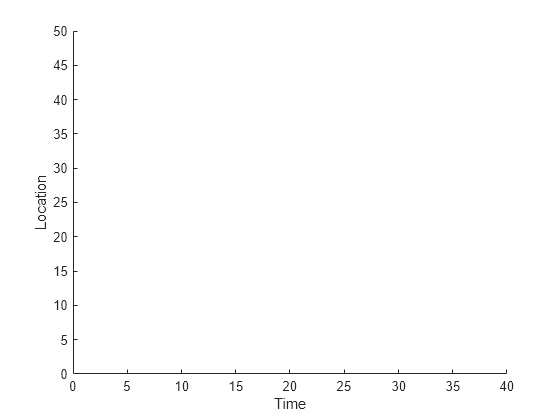distance
Confidence value of measurement
Description
d = distance(
computes a distance between the location of a detected object and the predicted location by
the Kalman filter object. This distance computation takes into account the covariance of the
predicted state and the process noise. The kalmanFilter,zmatrix)distance
function can only be called after the predict
function.
Use the distance function to find the best matches.
The computed distance values describe how a set of measurements matches the Kalman filter.
You can thus select a measurement that best fits the filter. This strategy can be used for
matching object detections against object tracks in a multiobject tracking problem. This
distance computation takes into account the covariance of the predicted state and the
process noise.
Examples
Input Arguments
More About
Version History
Introduced in R2012b


